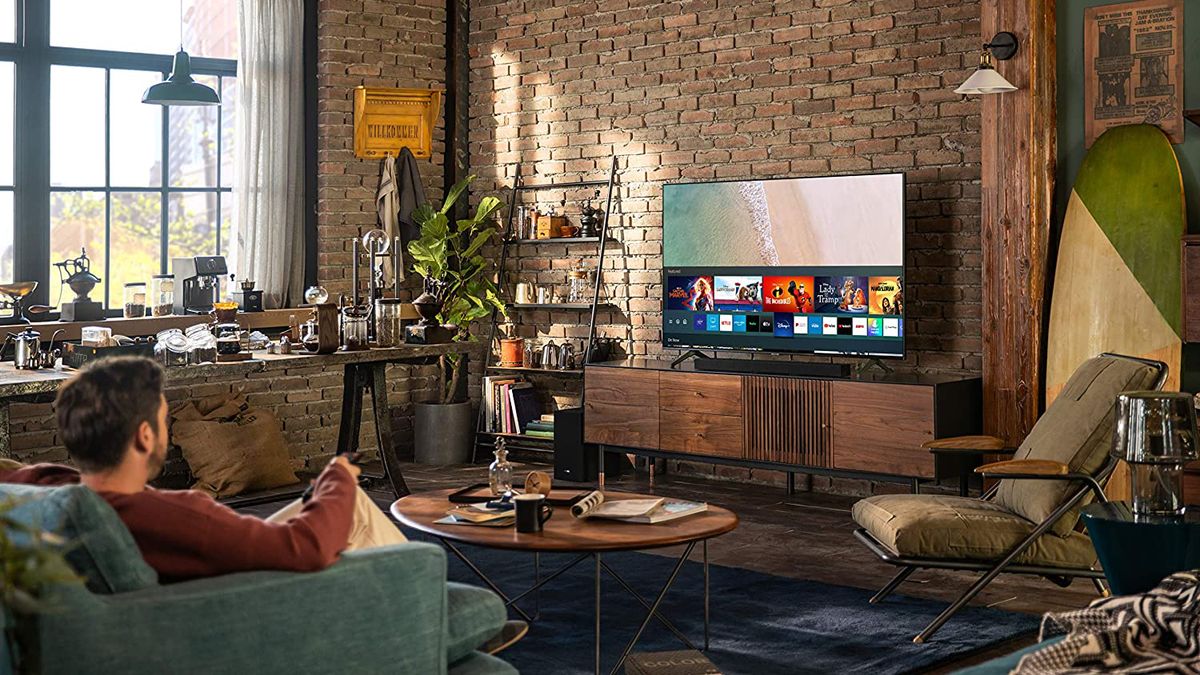Best 70-inch TVs in 2021
The best 70-inch TV offers plenty to love, from the extra-large screen to the smart capabilities and features, and this unique size is great when you want something just a little bigger than a 65-inch model, but not a lot larger. There aren’t many 70-inch models offered compared to popular 65-inch or 75-inch sizes, but the best 70-inch TVs come with many of the same features you’ll find in those more common counterparts. Features such as smart capability for apps and streaming, and 4K resolution for a sharp image and high-dynamic range (HDR) for great contrast.
In our guide What size TV should you buy?, we advise people to watch 70-inch TVs from between 5.4 and 6.25 feet away. That distance and the larger screen size make them a great match for a family room, living room or home theater space.
By choosing a 70-inch TV you’ll sacrifice some things that will provide a better viewing experience, such as the OLED or QLED screens featured in our best 4K TVs list. But if you find a good deal on a TV this size — or it really is the perfect match for your space — you’ll be rewarded with a large screen to enjoy TV shows, movies and more.
What are the best 70-inch TVs?
We don’t usually test 70-inch TVs specifically, but more often focus on the 65-inch versions that have the same features and performance. When a manufacturer makes a great 65-inch TV, we expect the similar 70-inch model will be just as good, so we’ve based our picks for these TVs on our experience with the smaller versions.
There aren’t a lot of 70-inch TVs on the market, so your choices are more limited if you’ve decided on this size versus a 65- or 75-inch TV.
Our top pick for a 70-inch model is the Vizio V-Series. This value set can often be found for $650 or less, and it is packed with features. It’s one of the best cheap TVs you can buy. The V-Series produces good color and brightness, thanks to its full-array backlight and support for HDR. It has a sleek and stylish design, so it looks like you spent more than you did. It runs Vizio’s SmartCast platform, which comes with most — but not all — apps you want.
If you’re looking for a more robust smart TV platform and can pay more, the Samsung UN70TU7000FXZA is worth a look. It runs Samsung’s impressive Tizen operating system, which brings along with it just about every app you can want. It produces a solid overall picture, though it won’t be as bright as the Vizio V-Series. It also only has two HDMI ports, which could be a problem if you have several devices you want to connect to the TV.
The best 70-inch TVs in 2021
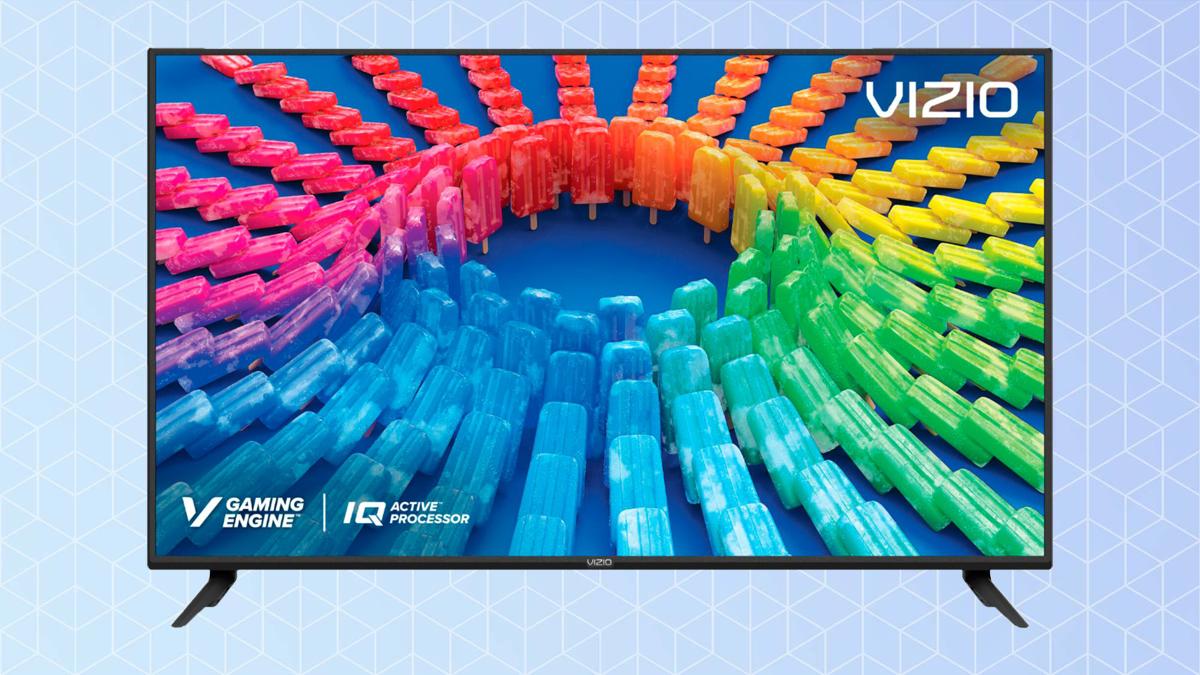
The Vizio V-Series offers a great value while still delivering a quality picture. It includes support for Dolby Vision (along with HDR10) for excellent contrast and its full-array backlight helps it produce a bright and colorful picture. As an added bonus, it has Google Chromecast built in so you can stream directly from your mobile device. With Vizio’s SmartCast operating system, you have access to many apps, and the most recent version improves on its performance — though you might not find every service you’re looking for.
The V-Series had good color accuracy but its color range was lower than we like. Its lag time is good for casual gameplay but may not keep up with intense, fast-paced play. It also lacks Bluetooth so you can’t listen wirelessly on your headphone.
Read our full Vizio V-Series review.
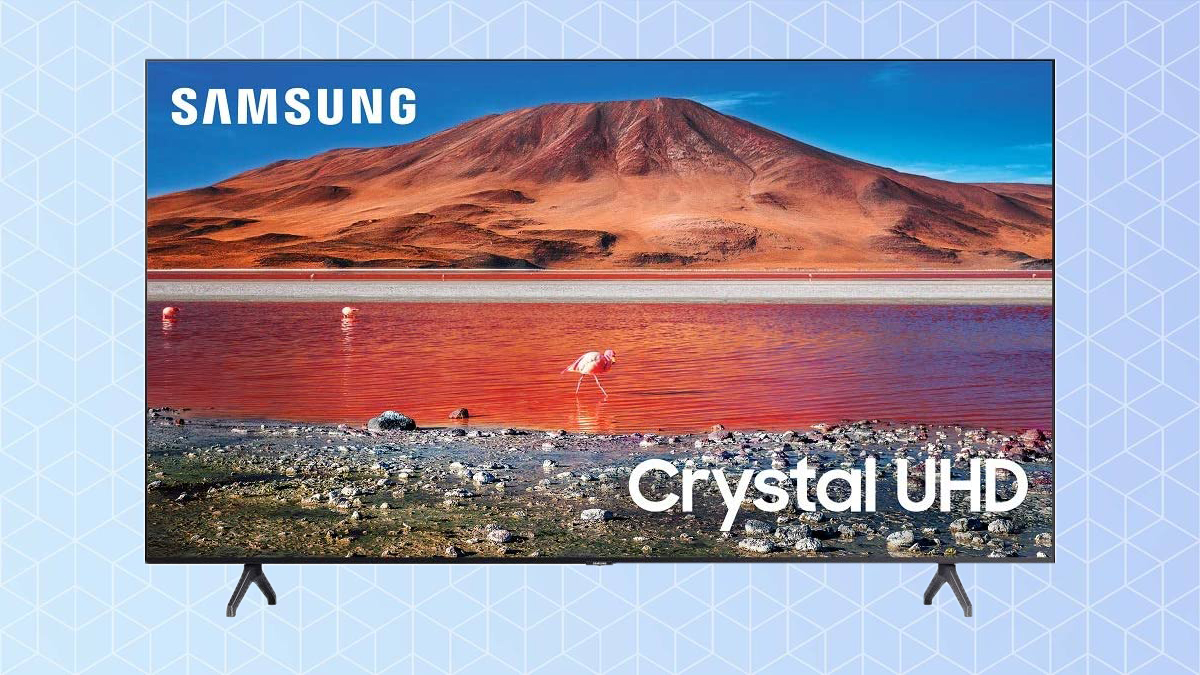
Samsung’s name on a TV is an indicator of the quality experience you’ll get when watching it, and the UN70TU7000FXZA fits that profile. While not as impressive as its QLED line of TVs, the TU7000 delivers nice blacks and overall contrast. It has a very low lag time, making it a great choice for gamers who don’t want the TV to be the weak link in fast-paced games. The TV also comes with Samsung’s Tizen smart TV operating system — and that means access to a ton of apps for streaming.
The TU7000’s edge-lit backlight lacks oomph, resulting in a rather dim picture and some issues with consistency. It also only has two HDMI ports, where most 70-inch TVs have at least three. And don’t expect much from the speakers — while they have decent power at 20 watts, the sound they produce is thin and weak.
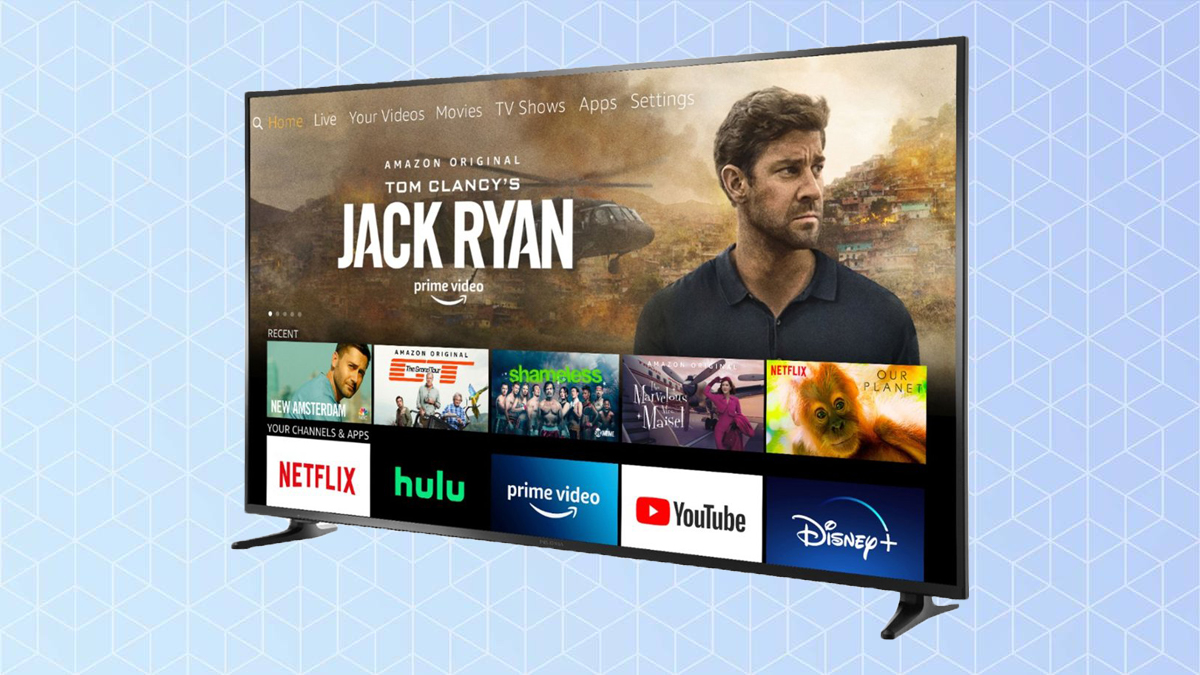
For fans of all things Amazon Fire, the Insignia 4K Fire TV Edition will fit perfectly into your life and is one of the best 70-inch TVs you can buy if you’re looking for a great deal. With good color range and support for HDR, the Insignia Fire TV exceeds expectations. The unit also produces better sound than many TVs today. The Fire TV operating system brings all the benefits of Amazon’s familiar interface and, of course, it has Alexa built in so you can use your voice to navigate and play content — as well as control other smart devices in your home.
While the color was rich, it wasn’t as accurate as we would have liked and the unit has limited viewing angles — it looks best when you’re right in front of it. And unfortunately, the TV interface is full of ads. If you like the Amazon Fire experience, this is the 70-inch TV for you.
Read our full Insignia 4K Fire TV Edition review.
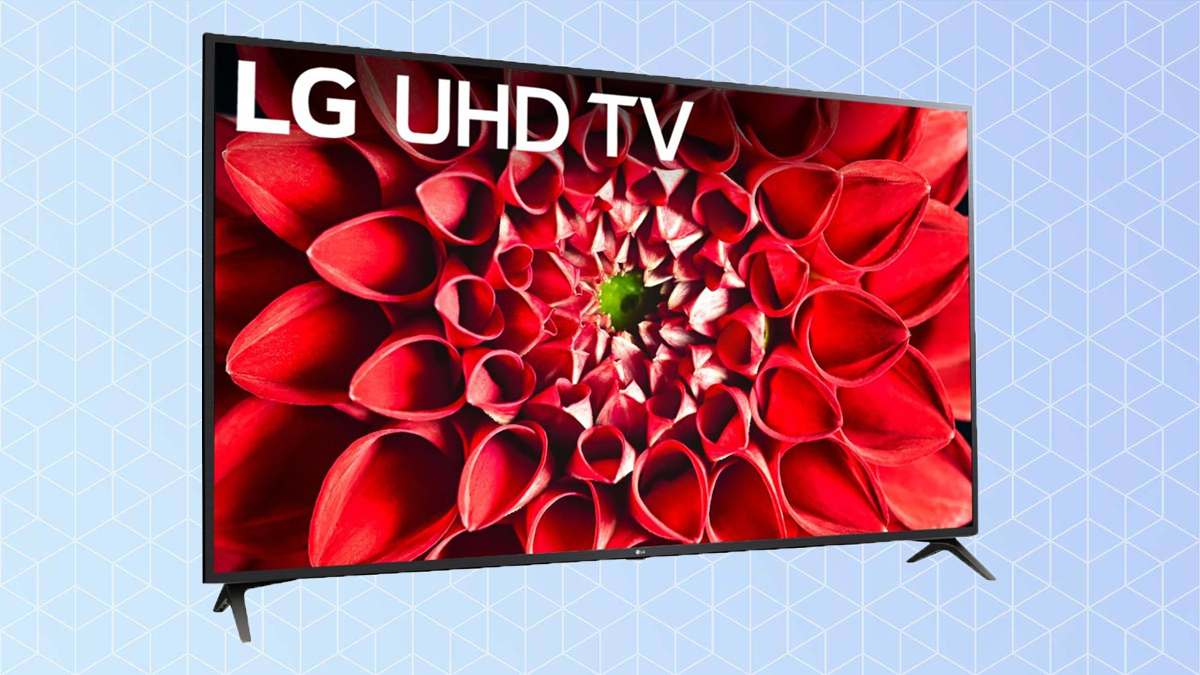
Sometimes you pick a TV for reasons other than the picture quality, and LG’s 70UN7070PUA is an example of that. In addition to the LG name on the unit, the best great to buy the 70UN7070PUA are the low price, access to LG’s webOS smart operating system and because you’re going to play games. WebOS is one of the best platforms available, with just about every app you want and it’s easy to use. Though it’s one of the lower priced sets on this list, the 70UN7070PUA has a low lag time and support for auto low latency mode — a feature next generation gaming consoles will take advantage of — which makes it great for fast paced games.
But the 70UN7070PUA isn’t a top performer when it comes to picture quality. Despite its full-array backlight, the set’s brightness is low, which could be a problem in sunny rooms. It also has limited HDR support and weak contrast. And bring a friend when you’re carrying this one — it’s by far the heaviest on this list.
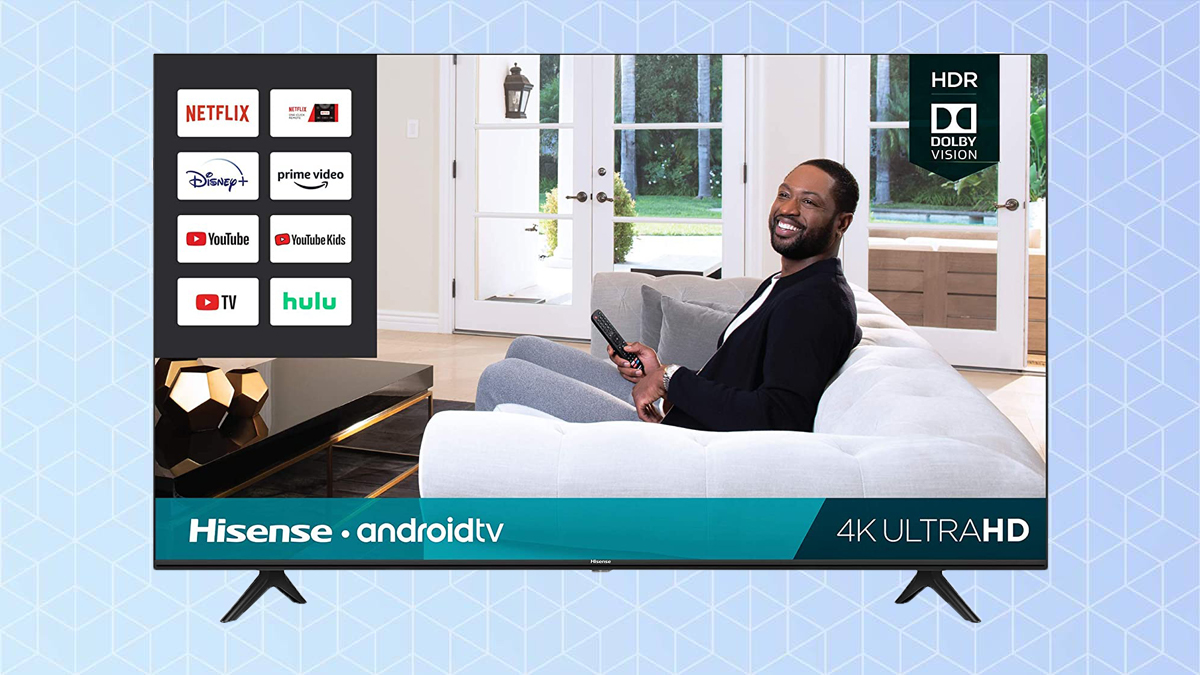
Hisense has made a name for itself as one of the best budget TV makers, especially with its H8G and H9G lines; the H65 Series isn’t quite up there with those two TVs but is worth considering at this size. Especially at the price — recent sales have seen it as low as $530. The H65 supports Dolby Vision and has good contrast. Like the H8G and H9G, it runs Android TV, which brings with it access to just about every app and streaming service you could want.
However, gamers may want to avoid it due to its relatively high lag time and lack of support for next generation gaming console features like variable refresh rate and auto low latency mode. It doesn’t get very bright, either. But if a 70-inch TV is the right size for you, you can’t beat the price-for-performance on the H65.
How to choose the best 70-inch TVs for you
When looking for a 70-inch TV, follow our TV Buying Guide tips. If you put some thought into what you need from a TV, you’ll be able to enjoy your purchase for years to come.
First, decide if you’re locked into a 70-inch model. You’ll find more options in 65- and 75-inch models, with more features and sometimes better value.
Expect to pay around $650-700 for most 70-inch TVs, although those with better features or an established brand name can cost more.
Consider which ports you need and how many. The number of HDMI ports you need depends on how many devices you plan to plug in — a streaming stick, game console or cable box, for example. Most of these TVs have three HDMI inputs, though the Samsung TU7000 only has two. If you plan to use a sound bar, you may need an optical digital audio or a 3.5 mm auxiliary output. You may also want a TV that supports Bluetooth so you can listen on your headphones without disturbing people around you.
Want to check out a different screen size? See our favorites, big and small:
The smallest smart TVs | Best 43-inch TVs | Best 50-inch TVs | Best 55-inch TVs | Best 65-inch TVs | Best 85-inch TVs
How we test 70-inch TVs
Testing the best 70-inch TVs is a thorough process. We put every TV through our custom lab test, measuring color gamut, color accuracy and brightness to objectively see which sets are the best for these key indicators. We also test for lag time, measuring to the millisecond how long it takes for content to travel from the original source to the screen. We use these results to make numbers-based comparisons about color and display quality.
We spend hours with each set to see how our lab results translate into anecdotal performance. We also compare competing sets using a range of content across several sources. With that information, we can tell you which TVs look best, sound best and offer the best viewing experience.
Of course, we also consider the smart TV functions and apps for each TV, looking at everything from the remote control design to the voice interaction.
For all the latest Technology News Click Here
For the latest news and updates, follow us on Google News.

